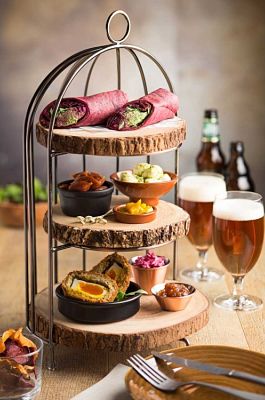
Merry Christmas & Happy New Year to all of our fantastic customers!
Our last open day is Tuesday 23rd December.
Closed from 24th – 4th January. Reopening Monday 5th Jan
Three Tier Aged Copper Birdcage Plate / Cake Stand
Copper Vintage Display Stand
- 3 Tier Aged Copper Birdcage Plate / Cake Stand.
- Aged Copper finish to bring timeless elegance and a rustic feel.
- Overall height: 44cm - 17.5inch.
- Maximum Plate sizes: 23cm / 9inch (not included).
- Use with Darwin Serving Board for a truly individual presentation (not included).
- Hand wash recommended.
- For unique and creative service of cakes, fruit, chocolates etc.
- Ideal for a quirky afternoon tea set up.
N.B. THESE STANDS ARE SOLD EMPTY - BOARDS AND PLATES ARE AVAILABLE SEPARATELY.

Product Sku: CT7018
Case Price (ex VAT):£41.33
Case Price (inc VAT):£49.60
Case Quantity: 1(Single)
Case Quantity Discounts
1 - 4 Cases @ £41.33 Per Case + VAT
5 + Cases @ £39.26 Per Case + VAT
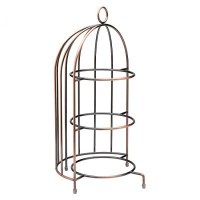
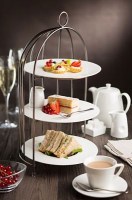
2_200x200.jpg) Antigo Terra Stoneware Presentation Plate 21cm / 8.25inch
Antigo Terra Stoneware Presentation Plate 21cm / 8.25inch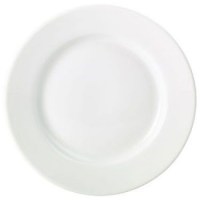 White Porcelain Classic Winged Plate 21cm / 8.25inch
White Porcelain Classic Winged Plate 21cm / 8.25inch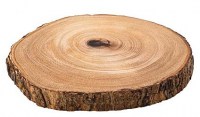 Darwin Round Wooden Serving Board 20cm / 8inch
Darwin Round Wooden Serving Board 20cm / 8inch 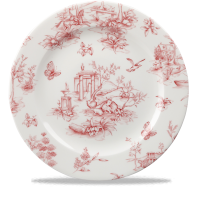 Churchill Profile Cranberry Toile Plate 21cm / 8inch
Churchill Profile Cranberry Toile Plate 21cm / 8inch 
